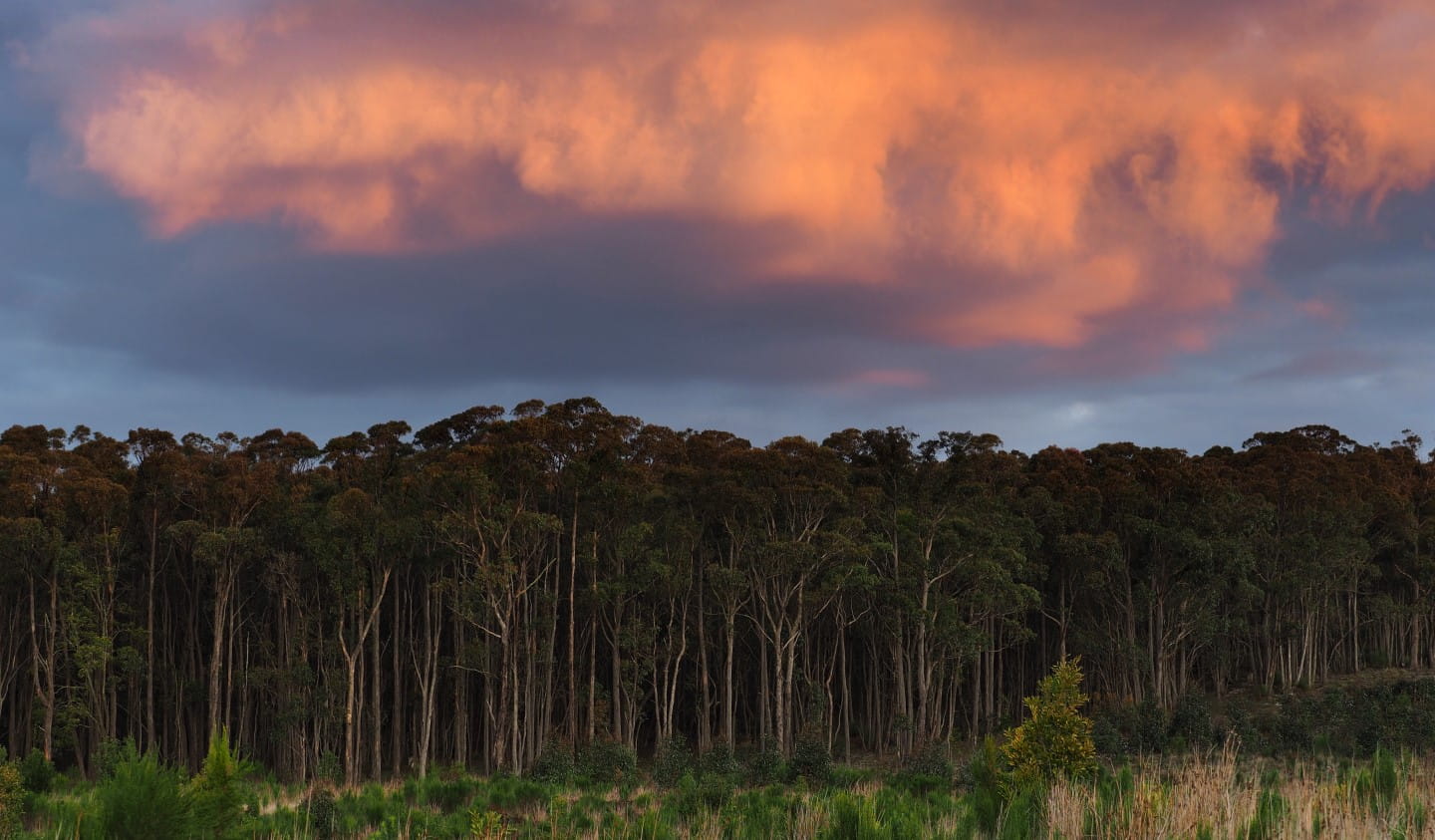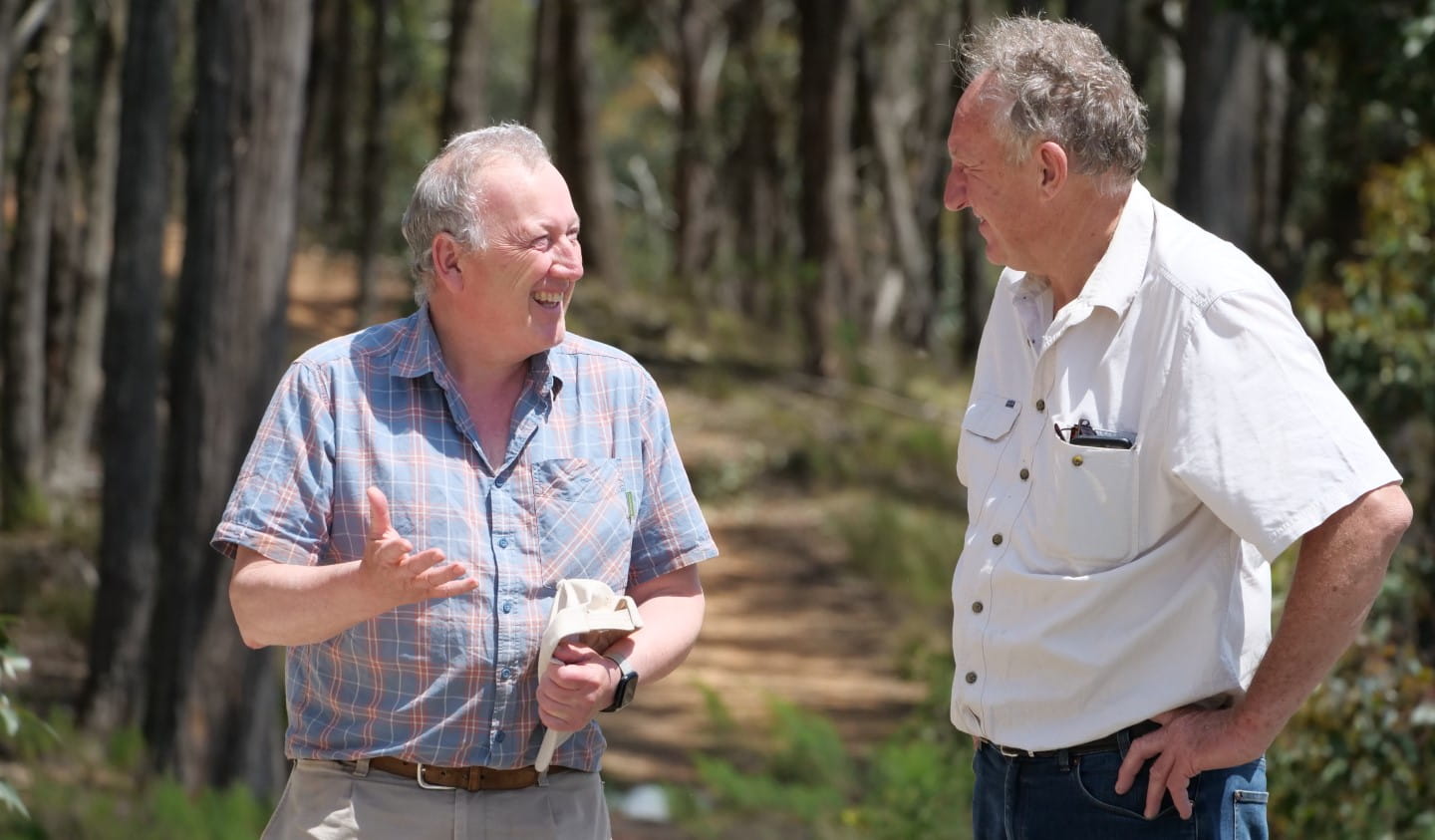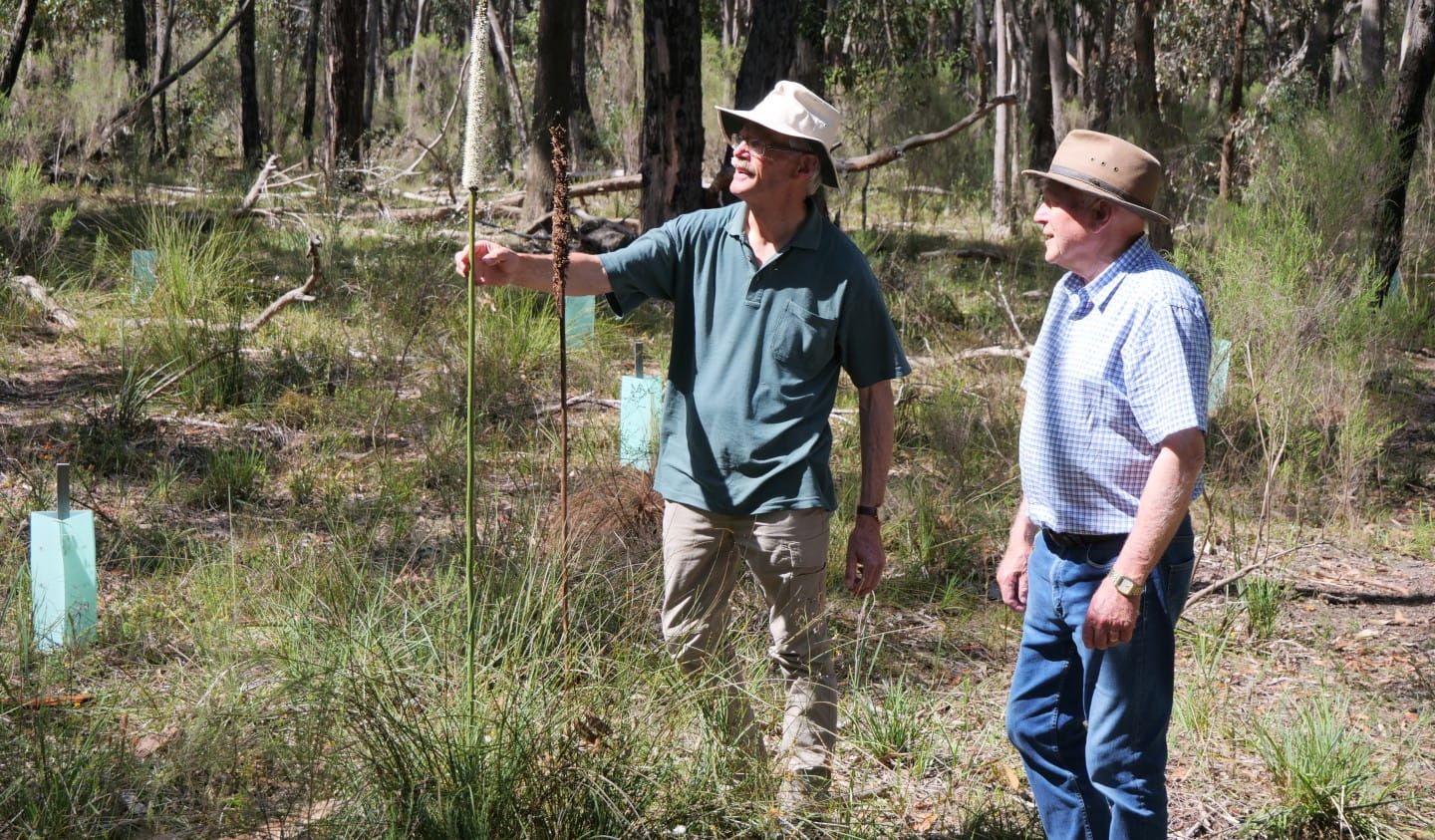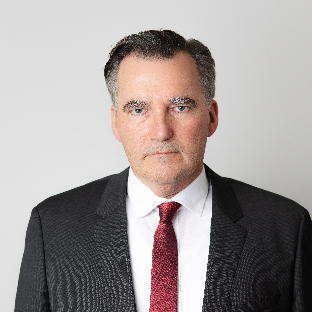From little things, big things grow.
That’s certainly the plan for a handful of volunteer groups in Ballarat who all play a vital part in caring for the local environment by taking care of native seeds at every step of their life cycle.
The extraordinary initiative begins and ends just south-east of the city in Woowookarung Regional Park, a 641-hectare bushland park that was created in 2016. Woowookarung means “place of plenty” and lies on the traditional lands of the Wadawurrung people.
The project is entirely led by volunteers, with multiple groups working independently yet collaboratively to collect, cultivate, and plant locally indigenous plants. Their goal is to restore Woowookarung to its natural state, creating habitat that can support koalas and Powerful Owls.

Photo: Woowookarung Regional Park was created in 2016 and is home to the popular Dementia Friendly Forest and Sensory Trail.
It begins with members of the Field Naturalists Club of Ballarat, who have a permit to collect seeds from Woowookarung Regional Park when conditions are right. These seeds are then donated to the City of Ballarat Community Indigenous Nursery, whose volunteers carefully extract, store, and propagate the seeds.
Once these seedlings are big enough, they’re donated to various Landcare groups to plant in the local area. One such group is the Friends of Canadian Corridor, who return the seedlings home, planting them back into Woowookarung Regional Park, enabling the seed’s circular cycle to begin again.
Thousands of trees, shrubs, and grasses have now been planted back into Woowookarung as a result of the program.
For Bob Hartmann, president of the Friends of Canadian Corridor, these locally sourced plantings are working to fix the errors of the past which had left the park “abused multiple times over the past 150 years”.
“This whole area was logged during the Gold Rush of the 1850s for building material, before it was planted up as pine forest in the 1960s. It was then cleaned and planted as blue gums in the 90s, before it was handed back to the State Government in 2012 after they’d run a bulldozer through it all – this whole area looked like a moonscape,” Bob said.
“But it’s amazing how things come back though.”

Photo: Rob Loveband and Bob Hartman from the Friends of Canadian Corridor in Woowookarung Regional Park.
“The bulk of the trees you’re seeing here is natural regeneration, and that’s great. However, the only negative is that it’s mostly Blackwoods, and they only have a lifespan of about 25-30 years.”
“What we’ve been trying to do over the past little while is plant strategically, so that includes things like manna gums, swamp gums and other things that will provide that long-term canopy and ecosystem, as well as ensuring there is ground cover and understorey planting as well,” he said.
As it would turn out, many of the saplings and seedlings the Friends of Canadian Corridor are using to revegetate Woowookarung started their life cycle in the very same park.
After a heavy storm or particularly windy day, members of the local Field Naturalists Club of Ballarat will visit Woowookarung, scouring the ground for any freshly fallen branches which may contain unopened seed pods for them to collect.
John Gregurke, a member of the Ballarat Field Naturalists, said he “didn’t know very much about plants” when he first joined the group, but is now one of the first out into the park identifying which seeds ought to be collected.

Photo: Roger Thomas and John Gregurke are members of the Field Naturists Club of Ballarat and have a permit to collect seeds.
“That’s the great thing about the Field Nats – everyone is very happy to share their expertise and knowledge with newcomers,” he said.
“Stringybarks have their seeds 20 metres off the ground, and you otherwise can’t get them unless the branches fall to the ground. We’ll come out, usually within a week of strong winds, to look for the fresh green branches,” he said.








